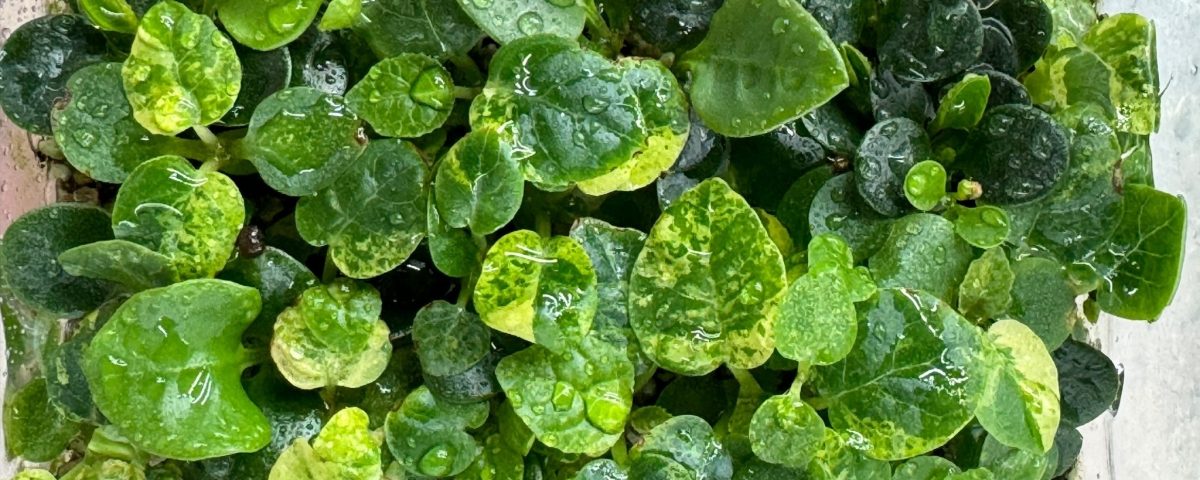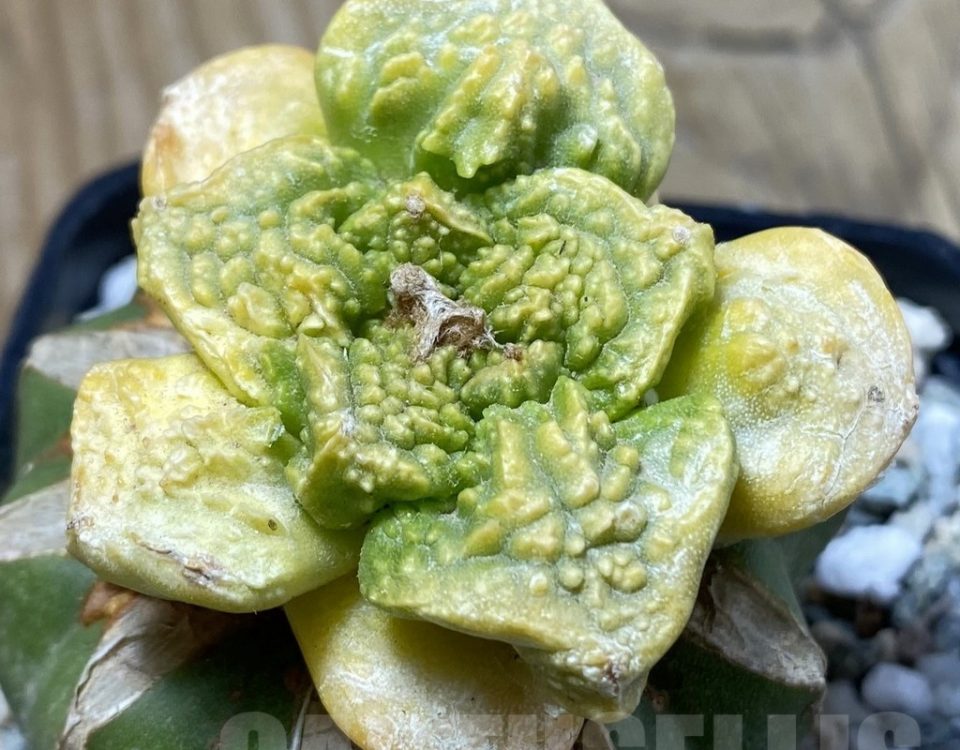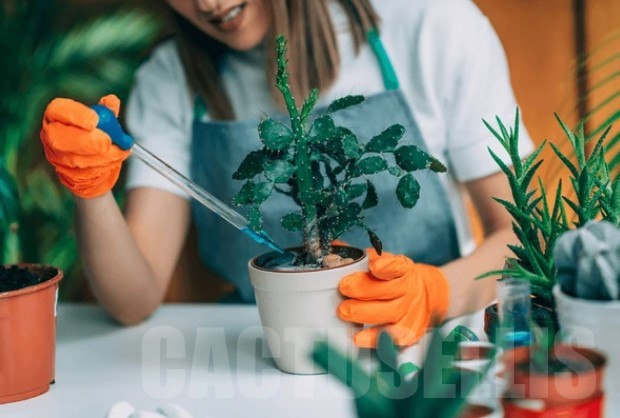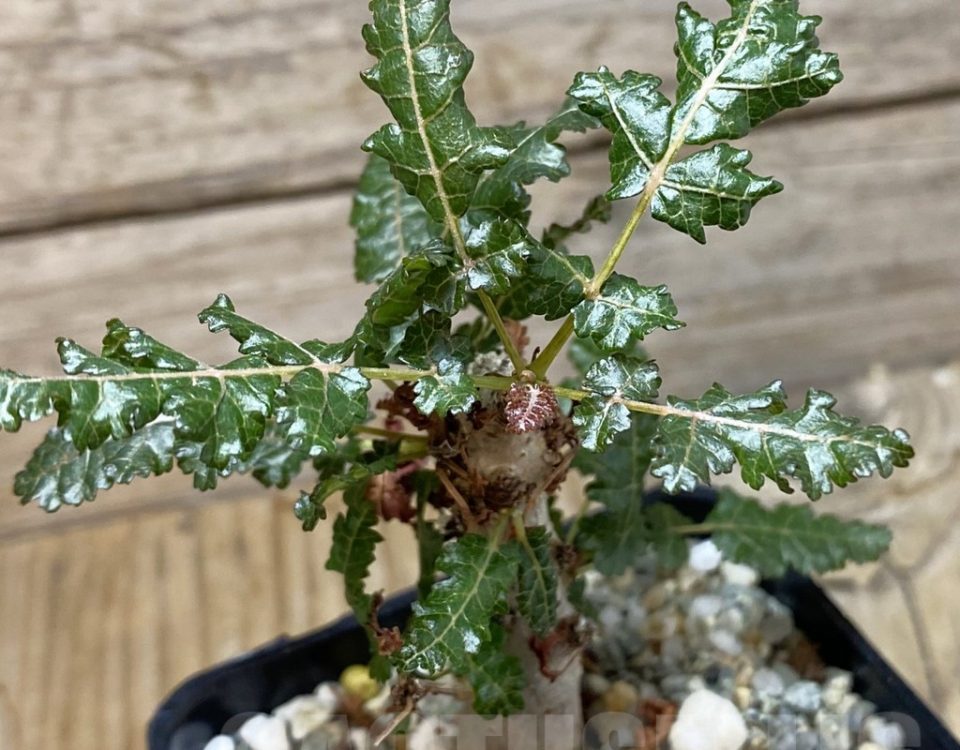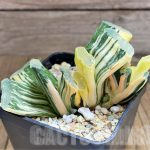
Sowing seeds of Haworthia
November 11, 2024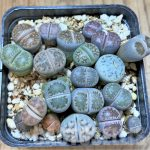
Winter Care for Lithops and Succulents: Maintenance without Watering
November 25, 2024Joint Sowing of Succulents: Dorstenia and Euphorbia
Joint sowing of different types of succulents, such as Dorstenia and Euphorbia, can be an interesting and rewarding experience for collectors. These plants belong to different genera and have unique characteristics, making their combination in one container an exciting endeavor from both a design and horticultural perspective. However, it’s important to consider both the advantages and disadvantages of this approach, as well as the potential challenges that might arise.
1. Advantages of Joint Planting Dorstenia and Euphorbia
1.1. Aesthetic Appeal
Dorstenia and Euphorbia have different growth forms, which allows for creating unusual and eye-catching compositions. For example, Dorstenia, with its characteristic round leaves and unique flower clusters, and Euphorbia, with its rigid stems and fascinating structures, can create a striking contrast. Planting these species together will result in a vibrant and dynamic display, whether on a windowsill or in the garden.
1.2. Similar Care Requirements
Both plants are succulents, and although they belong to different families, they have similar care requirements. Both need well-drained soil, moderate watering, and bright light. This makes it easier to care for them when grown in the same conditions. They can both tolerate periods of drought and do not require frequent watering, making them suitable for busy people.
1.3. Growth Speed
Euphorbia and Dorstenia both have relatively fast growth rates (especially under the lamps in greenhouse), allowing you to see the results of your efforts sooner. In the photo below, you can see one-month-old seedlings of both species. They can coexist harmoniously in the same container if there is enough space for each plant to grow.
2. Disadvantages and Potential Issues
2.1. Differences in Temperature Requirements
In the early stages, seedlings can coexist well together and may grow in the same pot for up to six months. However, as they mature, they will need to be separated because, over time, Dorstenia prefers a more moderate climate and may require cooler conditions in the winter (around 10-15°C), while many types of Euphorbia (especially those from tropical regions) may require higher temperatures for optimal growth. This could lead to conflicts in growing conditions if you cannot provide separate temperature zones for each plant.
2.2. Different Soil Preferences
While both plants prefer well-draining soil, their soil composition needs may vary slightly. Dorstenia tends to thrive in soil with a higher organic content, while Euphorbia prefers more stony and lean soils. When planting together, it can be difficult to find an optimal balance that suits both plants, but I generally separate them into individual pots later on.
2.3. Risk of Disease Spread
Like any plants, Dorstenia and Euphorbia may face issues with diseases, such as fungal infections or pests. If one plant becomes infected, it could spread to the other, as their roots and leaves are in close proximity. It is important to carefully monitor the health of your plants and take action if any signs of disease appear. I regularly use fungicides to prevent fungal outbreaks, especially while the seedlings are still small.
2.4. Competition for Space
Despite similar care requirements, Dorstenia and Euphorbia have different growth rates and sizes. Some types of Euphorbia, for example, may grow faster and outcompete Dorstenia, leading to space shortages for both plants. To avoid this, I typically choose smaller varieties of Euphorbia for joint planting. It’s important to monitor their growth and thin out seedlings regularly to ensure they don’t crowd each other.
3. Challenges in Joint Cultivation
3.1. Watering and Humidity
Both species dislike being overwatered, but their water needs may differ slightly. Euphorbia is generally more drought-tolerant than Dorstenia. If Dorstenia is watered too frequently, it may start to rot, while Euphorbia may remain unaffected. It is crucial to keep an eye on the moisture level in the soil and avoid overwatering.
3.2. Drought Conditions
Despite their general drought tolerance, both Dorstenia and Euphorbia can become sluggish or stop growing if they go too long without water. Therefore, it’s important to avoid extended periods without watering. One-month-old seedlings can usually handle one or two days without water, which can actually be beneficial — it helps them adjust to occasional water shortages. This also prevents them from becoming too leggy.
4. How to Successfully Grow Dorstenia and Euphorbia Together
For a successful joint planting of these two succulent species, follow these recommendations:
- Choose the Right Soil: Use a well-draining succulent mix. You can add sand or perlite to improve aeration and drainage.
- Maintain the Right Microclimate: Place the plants in a location with adequate light and a moderate temperature that suits both species.
- Monitor Moisture Levels: Provide moderate watering, avoiding overwatering, and keep an eye on the condition of the soil.
- Prune and Control Growth: Regularly remove old or damaged leaves to prevent overcrowding and improve air circulation.
Conclusion
Joint planting of Dorstenia and Euphorbia can be an exciting and creative process that, with the right care, can lead to stunning results. However, it’s important to carefully monitor the growing conditions for each plant and control their growth to avoid potential problems. This experience can be an excellent lesson for collectors, teaching them to observe, be patient, and handle the varying needs of different plants.

